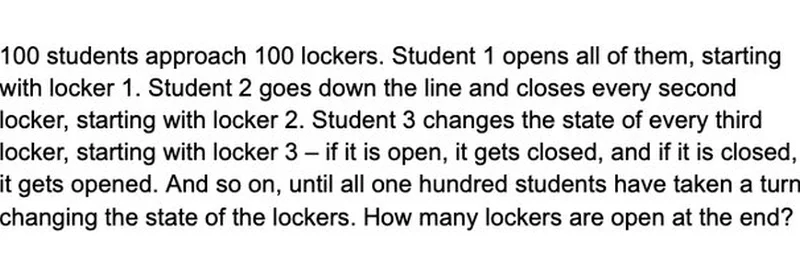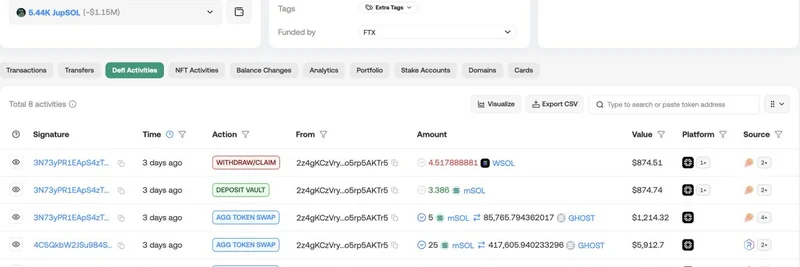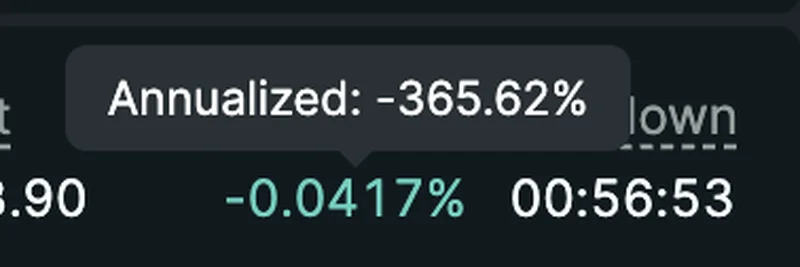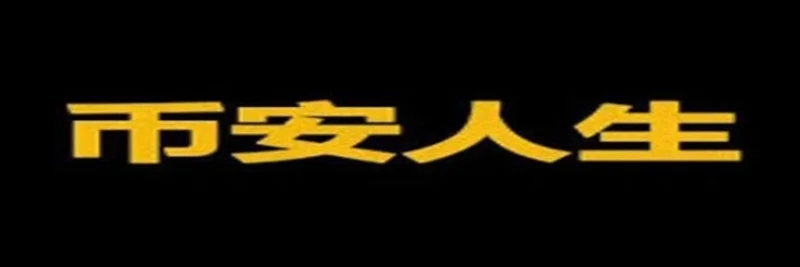Hey there, meme token enthusiasts and blockchain curious! If you’ve been scrolling through X lately, you might have stumbled upon an intriguing post from Brian Armstrong, the CEO of Coinbase. On July 10, 2025, he threw a classic brain teaser into the mix—a riddle about 100 students and 100 lockers. This wasn’t just a random tweet; it’s a nod to Coinbase’s early hiring days when they used puzzles like this to spot top talent. Let’s break it down, solve it together, and see why this could still be a cool idea for tech interviews!
What’s the 100 Locker Riddle All About?
The riddle goes like this: 100 students approach 100 lockers, all initially closed. Student 1 opens every locker. Student 2 goes down the line and closes every second locker (2, 4, 6, and so on). Student 3 toggles every third locker—opening it if it’s closed, closing it if it’s open (3, 6, 9, etc.). This pattern continues up to Student 100, who only toggles locker 100. The question? How many lockers are open at the end?
At first glance, it sounds like a chaotic game of tag with lockers! But there’s a clever math trick hiding here. Each student’s action depends on their number and how it divides into the locker numbers. Let’s dig into the solution.
Cracking the Code: Why Only Some Lockers Stay Open
To figure this out, think about how many times each locker gets toggled. A locker’s state changes every time a student whose number divides its locker number takes a turn. For example, locker 6 is toggled by Students 1, 2, 3, and 6 (since 6 is divisible by 1, 2, 3, and 6). The key is the number of divisors each locker has.
- If a locker number has an even number of divisors, it gets toggled an even number of times, ending up closed (back where it started).
- If it has an odd number of divisors, it ends up open.
Here’s the magic: a number only has an odd number of divisors if it’s a perfect square. Why? Because divisors usually come in pairs (e.g., 1 and 6 for 6), but in a square like 4 (divisors: 1, 2, 4), the number itself pairs with 1, leaving an odd count. So, lockers with numbers that are perfect squares (like 1, 4, 9, 16, etc.) will be open at the end.
Counting the Open Lockers
Now, let’s list the perfect squares up to 100: 1² (1), 2² (4), 3² (9), 4² (16), 5² (25), 6² (36), 7² (49), 8² (64), 9² (81), and 10² (100). That’s 10 lockers! Any number beyond 10² (121) exceeds 100, so we stop there. The answer is 10 lockers are open at the end.
Why This Matters for Coinbase and Beyond
Brian mentioned this riddle was part of Coinbase’s early hiring process, possibly inspired by Airbnb. It’s a fun way to test logical thinking and problem-solving—skills every blockchain pro needs! Some X users, like @jjmfrog, nailed the answer, while others, like @Satoshi_Init, found it head-scratching. The thread even sparked memes and side chats about Bitcoin lotteries and trading tips, showing how a simple riddle can ignite a community buzz.
Should Coinbase bring this back? It could filter for creative thinkers, though some argue it’s too niche. What do you think—would you ace this to land a blockchain job?
Wrap-Up: A Riddle for the Meme and Tech Crowd
This 100 locker riddle is more than just a math puzzle; it’s a window into how tech giants like Coinbase spot talent. Whether you’re a meme token trader or a blockchain newbie, tackling problems like this can sharpen your skills. Got a favorite riddle of your own? Drop it in the comments, and let’s keep the brain-teasing going on meme-insider.com! Stay curious, and happy solving!




